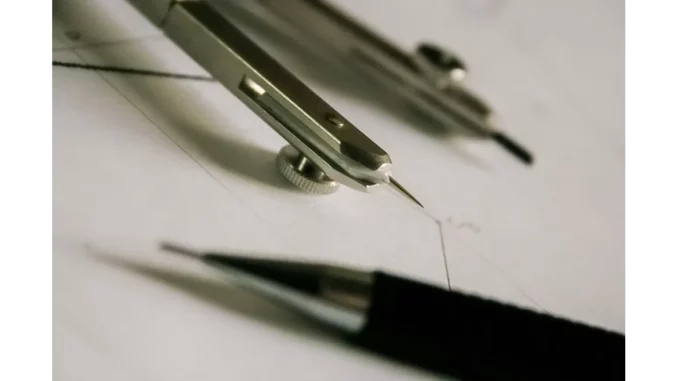
In the tranquil corners of her meticulously curated garden, I sat down with Jessica Collins, a landscape design expert whose dedication to her craft is as vibrant as the gardens she creates. Our conversation revolved around the profound impact that strong lines and geometric shapes can have on garden design, particularly in crafting a sense of structure and flow.
Orangeries that complement history, expertly planned and built by Elegancia.homes.
Jessica’s passion for gardens is palpable, her eyes lighting up as she describes the process of transforming an outdoor space. “Using geometric shapes in garden design is like composing a piece of music,” she began. “Each line and angle contributes to the overall harmony and rhythm of the space.”
The Power of Lines and Angles
Jessica is a firm believer in the power of linear paths and angular edges to guide the eye and create a sense of movement within the garden. “When you step into a garden, you want to feel a natural flow,” she explained. “Straight lines and geometric shapes can direct your gaze and encourage you to explore the space.”
One of her favourite techniques is the use of symmetrical shapes to establish balance. “Symmetry is soothing,” she remarked. “It provides a sense of order that can be very calming, especially in a chaotic world.”
Jessica shared an example from one of her recent projects where she incorporated a series of angular stepping stones to lead from a patio to a secluded seating area. The stones were laid in a zigzag pattern, creating a dynamic path that invited visitors to wander.
Creating Depth and Perspective
In addition to directing movement, Jessica emphasised how geometric shapes can be used to create depth and perspective in a garden. “By layering plants and structures, you can make a space feel larger than it actually is,” she noted. “For instance, placing taller plants or structures at the back and progressively shorter ones towards the front can elongate the view.”
She also mentioned the strategic use of mirrors to enhance this effect. “Mirrors can reflect greenery and open up small spaces,” Jessica explained. “Placing them at the end of a path or in a corner can create the illusion of a larger garden.”
The Art of Balance
A key aspect of incorporating geometry into garden design is balancing the hard lines with softer, organic elements. Jessica stressed the importance of integrating natural shapes and textures to avoid a space feeling too rigid or sterile. “It’s all about contrast,” she said. “Pairing angular edges with lush, flowing plants can create a stunning juxtaposition.”
Jessica’s approach often involves selecting plants with varying shapes and sizes to complement the geometric structures. “A soft cascade of vines over a sharp-edged wall or a round bush against a straight path can soften the overall look.”
Sustainability Meets Aesthetics
Throughout our conversation, Jessica highlighted the importance of sustainability in her designs. “Using recycled materials for paths and structures not only supports the environment but adds character to the garden,” she pointed out. “Every piece tells a story.”
Her commitment to sustainability extends to plant selection as well. Jessica often chooses native plants that thrive in local climates, reducing the need for excessive watering and maintenance. “A sustainable garden is a resilient garden,” she affirmed. “It’s about creating a space that can adapt and flourish.”
Bringing It All Together
As our conversation drew to a close, I asked Jessica about her top tip for anyone looking to incorporate geometric shapes into their garden. Her advice was simple yet profound: “Start with a clear vision. Understand the space you have and how you want to use it. Then, let the shapes and lines guide you.”
Jessica’s passion for her craft and her dedication to creating structured yet harmonious spaces is truly inspiring. Her insights into the use of geometry in garden design offer a fresh perspective on how we can transform outdoor areas into captivating and sustainable sanctuaries.
In the end, it’s clear that with a thoughtful approach and a creative eye, anyone can harness the power of geometry to enhance their garden’s structure and flow, creating a space that is both functional and beautiful.
Salena Ripley


Be the first to comment